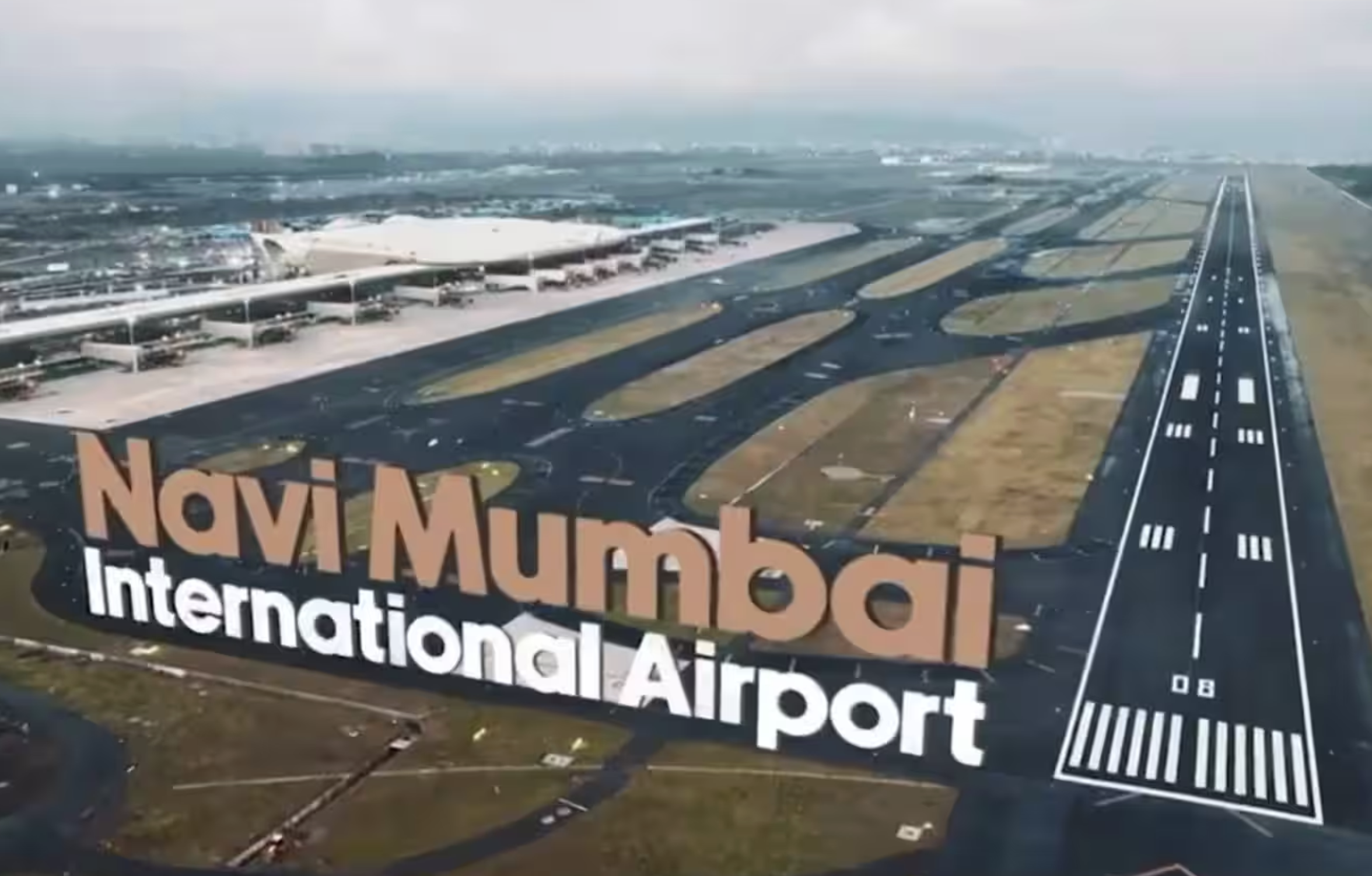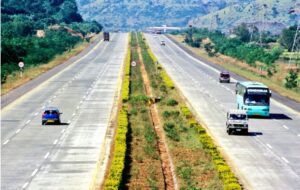Union Minister Nitin Gadkari revealed plans to implement a barrier-free tolling system on Dwarka Expressway, aiming to eliminate the need for physical toll plazas. The initiative, discussed during the Winter Session of Parliament, will leverage electronic toll collection systems to streamline toll operations and reduce costs.

Key Developments in Tolling Systems
Proposal for Barrier-Free Tolling on Dwarka Expressway
During the Winter Session of Parliament, Union Road Transport and Highways Minister Nitin Gadkari announced the Ministry of Road Transport and Highways (MoRTH) has floated a Request for Proposal (RFP) to implement a barrier-free tolling system on Dwarka Expressway. This step aims to introduce electronic toll collection (ETC) systems using existing infrastructure to improve efficiency and minimize operational costs.
Dwarka Expressway Project Overview
- Length: 29 km (18.9 km in Haryana and 10.1 km in Delhi).
- Route: Starts at Shiv-Murti on NH-8, connects Dwarka Sector 21, and ends near Kherki Daula toll plaza.
- Cost: Approximately ₹10,000 crore.
- Status: Partially operational, inaugurated by Prime Minister Narendra Modi in March 2024.
Cost-Effective Solutions with Advanced Technology
Gadkari highlighted that transitioning to a barrier-free system could significantly reduce the costs associated with running physical toll plazas. MoRTH’s recent amendment to National Highways Fee Rules (2008) to incorporate Global Navigation Satellite System (GNSS)-based tolling aligns with this vision. GNSS technology enables toll collection without stopping vehicles, further enhancing efficiency compared to the existing FASTag system.
Current Toll Collection Statistics
- Coverage: 45,000 km of National Highways.
- Plazas: 1,200 toll plazas operated by NHAI or concessionaires.
- Digital Penetration: Over 98% of toll payments made via FASTag as of March 2024.
Phased Implementation Strategy
The barrier-free tolling system will initially be implemented on Dwarka Expressway and gradually expanded to other National Highways based on its success. This phased approach aims to evaluate the technology’s efficacy and ensure seamless integration into existing systems.
The initiative reflects the government’s commitment to modernizing India’s road infrastructure and enhancing the user experience for highway commuters.
4o













